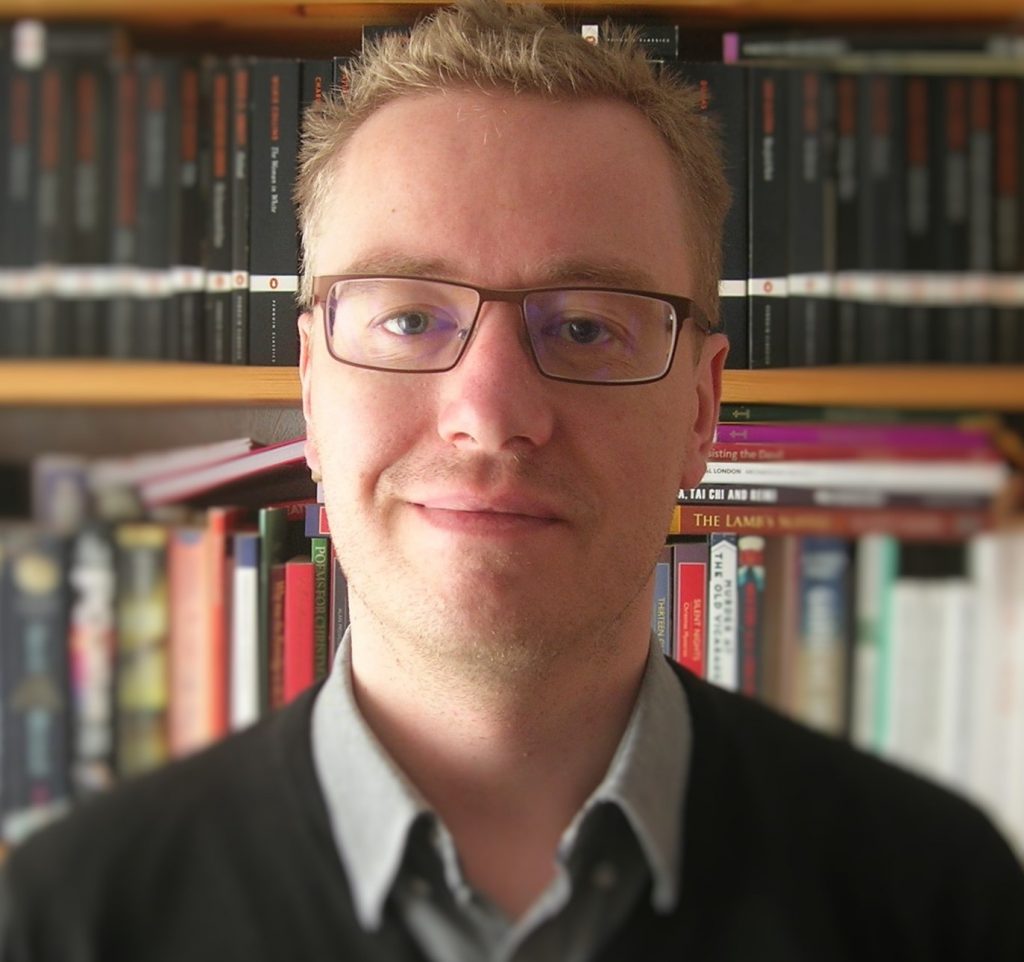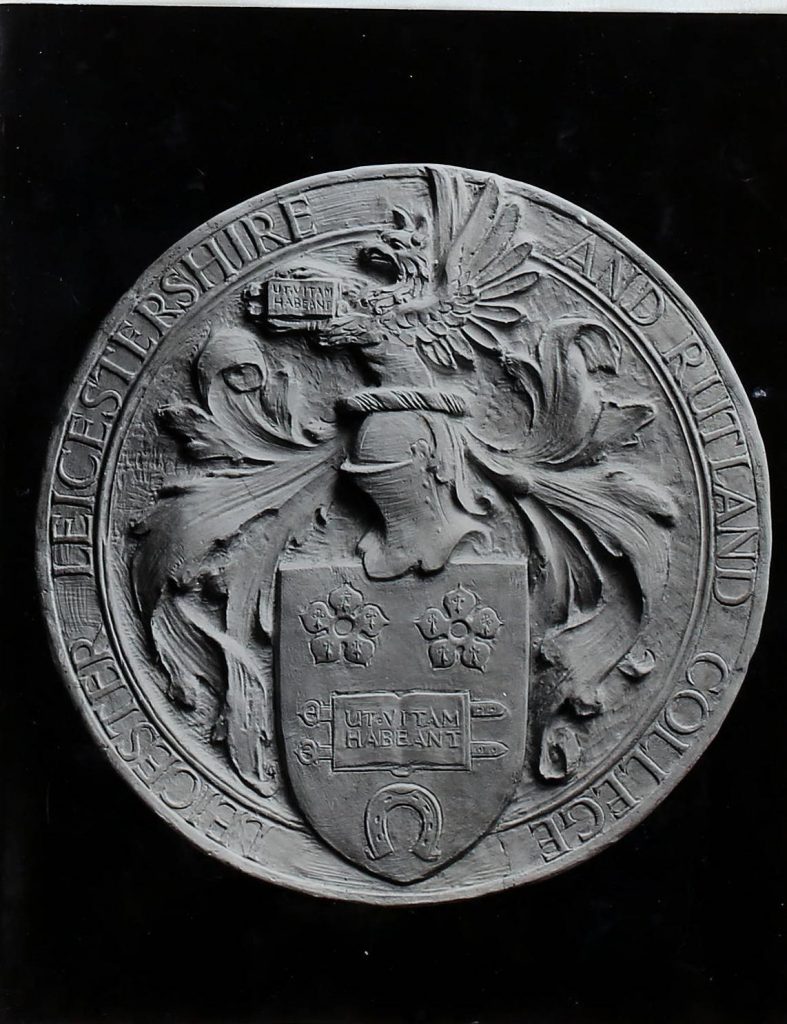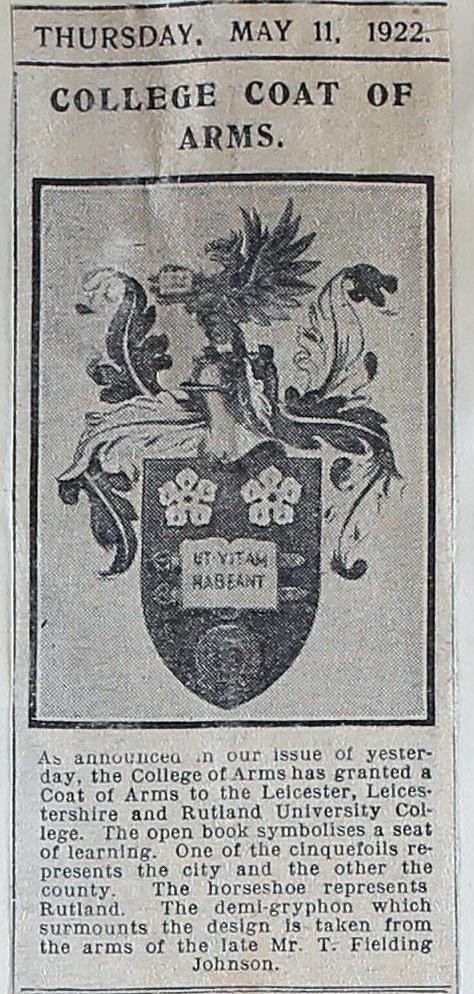
In the first in our new series of volunteer blog posts Peter Lester describes his association with the University of Leicester and involvement with the So that they may have life project.
Did you know that the University of Leicester was founded to honour and remember those who had fought in the First World War? I didn’t. I studied here for four years: I grew up in Leicestershire and, having worked for many years in other parts of the Midlands, came back in 2015 to research for a PhD in Museum Studies. On my way to the university library during my studies I would regularly walk past the War Memorial, Edwin Lutyens’s monumental archway on the edge of Victoria Park, but had never made the connection between the memorial and the university. It was not until my graduation, earlier this year, that I learnt that the university had been established as a living memorial to those who had fallen in the war. I was moved when I read the words of Dr Astley Clarke, a local doctor who wrote to the Leicester Daily Post in November 1917 supporting its proposal to establish a university as a living memorial. He wrote:
To the honour of those who took part in the Great War
This letter is featured in a newspaper cutting included in Dr Clarke’s scrapbook, ULA/D2/1, http://specialcollections.le.ac.uk/digital/collection/p16445coll9/id/595
To the glory of those gallant fighters who came through, and
To the memory of those devoted heroes who gave their lives in the cause of freedom.
Now, every material asset a person possesses may flee; education alone is an asset of which an individual cannot be robbed. Let us, therefore, offer higher education as our war memorial.
I want to know more about the university’s history and uncover some of the stories around its foundation as a living memorial. As an archivist I am fascinated by stories of the past and how we understand and relate to our heritage. I worked for over ten years as an archivist in a local authority record office, uncovering stories of the past through exhibitions and public talks and helping other people to find out about their own histories. It was this interest and excitement around how we can interpret and share our history that led me to a PhD here at Leicester. I spent four years studying and writing about how archivists are exhibiting and interpreting their collections and telling stories about them in new and innovative ways. Taking part in the project So That They May Have Life is an exciting opportunity to uncover and share new stories about the university.
I am volunteering as a researcher for the project, focusing on the history and design of the university’s logo, which bears the motto Ut vitam habeant – that they may have life. The university’s crest features a griffin, derived from the coat of arms of Thomas Fielding Johnson, a local businessman and philanthropist who donated the site for the university (consisting of 37 acres of land and buildings) in 1919. For me, volunteering is an exciting opportunity to find out more about the institution that I have been a part of these last few years. It is a great way to share my enthusiasm about the past and to learn more from the university’s special collections and from other volunteers about their own knowledge and expertise.

Coat of arms of Leicester, Leicestershire and Rutland College, from the scrapbook of Dr Astley Clarke, ULA/D2/1 
‘College Coat of Arms’, newspaper article from the scrapbook of Dr Astley Clarke, ULA/D2/1
I will also be giving a workshop about archive interpretation, drawing on my PhD research and professional experience around the exhibition and display of archives. In this workshop, we will examine some key ideas around exhibiting archives and visit different and exciting online exhibitions from around the world. The workshop will help inspire participants to think about how they can showcase their research discoveries to worldwide audiences.
For me, So That They May Have Life provides a vital and valuable opportunity to research, to unlock the past and to share ideas about how we can present and display these stories to new audiences. Uncovering new perspectives and narratives about the past helps shape and enrich our knowledge and understanding and sharing this with others helps all of us to learn more about the places in which we live, study and work. I hope to share more about my experiences on the project and the discoveries that I and the other team members make as we research the history of the university and its foundations as a living memorial.
Dr Peter Lester recently completed an AHRC Midlands3Cities funded PhD at the School of Museum Studies at the University of Leicester. His research examines the exhibition and display of archives and wider reshapings of physical archival spaces. Peter is also a professionally qualified archivist, having received a master’s degree in Archives and Records Management at the University of Liverpool in 2003. He worked at Nottinghamshire Archives until 2015 as Archivist (Public Services) and later Principal Archivist with responsibility for learning and outreach services, records management, electronic services and collections management. His journal article ‘Of Mind and Matter: the archive as object’ can be accessed via Figshare.
Contact Peter at pal23@le.ac.uk or pl202@le.ac.uk
Follow Peter on Twitter @pablester

Some prior efforts you will presumably be aware of –
Histories of the institution (3 off) by Jack Spence, Brian Burch, and Bob Burgess respectively.
There used to be a framed copy of a letter from Fielding Johnson gifting the site hanging near the front entrance to the Fielding Johnson Building
Thanks very much for your comment, David. Great to hear from you. You’re right – there have been some really good published histories of the university that we are building on. I am not sure whether that letter is still displayed, but you can find a copy in the scrapbook kept by Dr Astley Clarke which we have digitised here: http://specialcollections.le.ac.uk/digital/collection/p16445coll9/id/618.